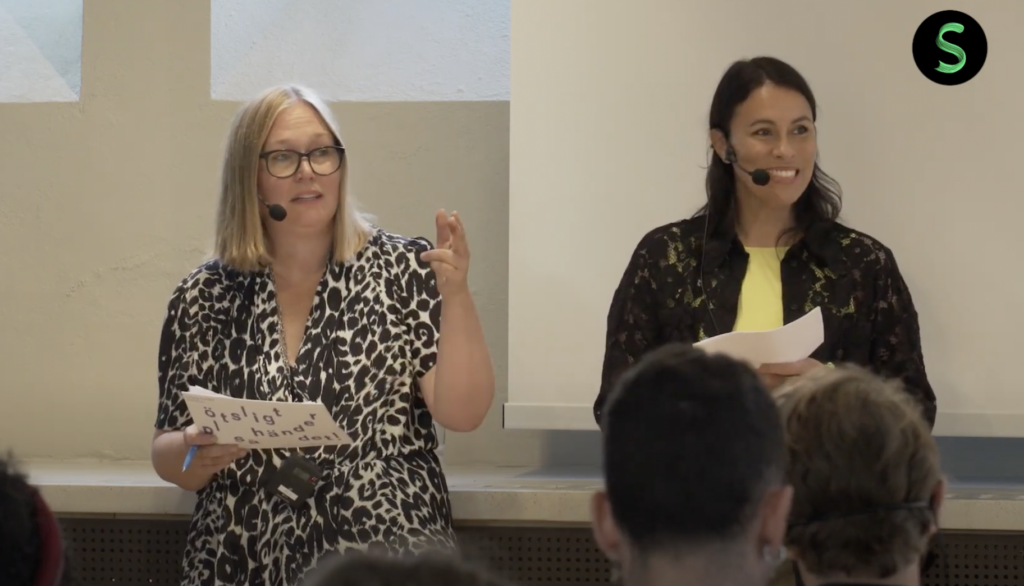
What is the state of printmaking today?
A conversation about printmaking at Public Art Agency Sweden, September 5th at 5 pm
Printmaking is an art form loved by many and rejected by others in the Swedish art field. For its collective and democratic aspects there is a potential for prints taking an important place in contemporary art. In a conversation at the Public Art Agency Swedish artists and experts from different generations will talk about the matter during the opening of artist Afrang Nordllöf Malekian’s opening of the exhibition Suddenly it Happens!
Participants: Annika Gunnarsson, curator Drawings and Prints, Moderna museet and part of the expert council for Samlande tankar/Collecting Thoughts; Afrang Nordlöf Malekian, artist in residence at Samlande tankar/Collecting Thoughts; Kayo Mpoyi, artist; Henrik Orrje, director collection and administration, Public Art Agency Sweden; and Ulla Wennberg, artist.
The talk will be moderated by Macarena Dusant, process leader and curator for Samlande tankar/Collecting Thoughts, Grafikens Hus and Annika Engqvist, curator, Public Art Agency Sweden.
The talk is held in Swedish.
Long-term collaboration between the Public Art Agency Sweden and Grafikens Hus
The Public Art Agency Sweden hosts a large collection of graphics from 1960-1990. These were previously on display in schools, workplaces and public offices, making them accessible to hundreds of thousands of people through everyday interactions.
Grafikens Hus and the Public Art Agency Sweden have initiated a long-term collaboration within the framework of the project Samlande tankar/Collecting Thoughts. The collaboration’s point of departure is the Art Agency’s graphic collection. Grafikens Hus lost its entire graphics collection in a fire in 2014. Since then, the museum has been working on building a new art collection. The process has raised questions about what kind of art is selected for a collection and what stories these works tell. Which stories are heard and which are excluded? In the Public Art Agency’s collection there are many duplicates of graphic works of art which are now transferred to Grafikens Hus. In this way, the artworks can be viewed by more people through exhibitions, mediation and research projects.